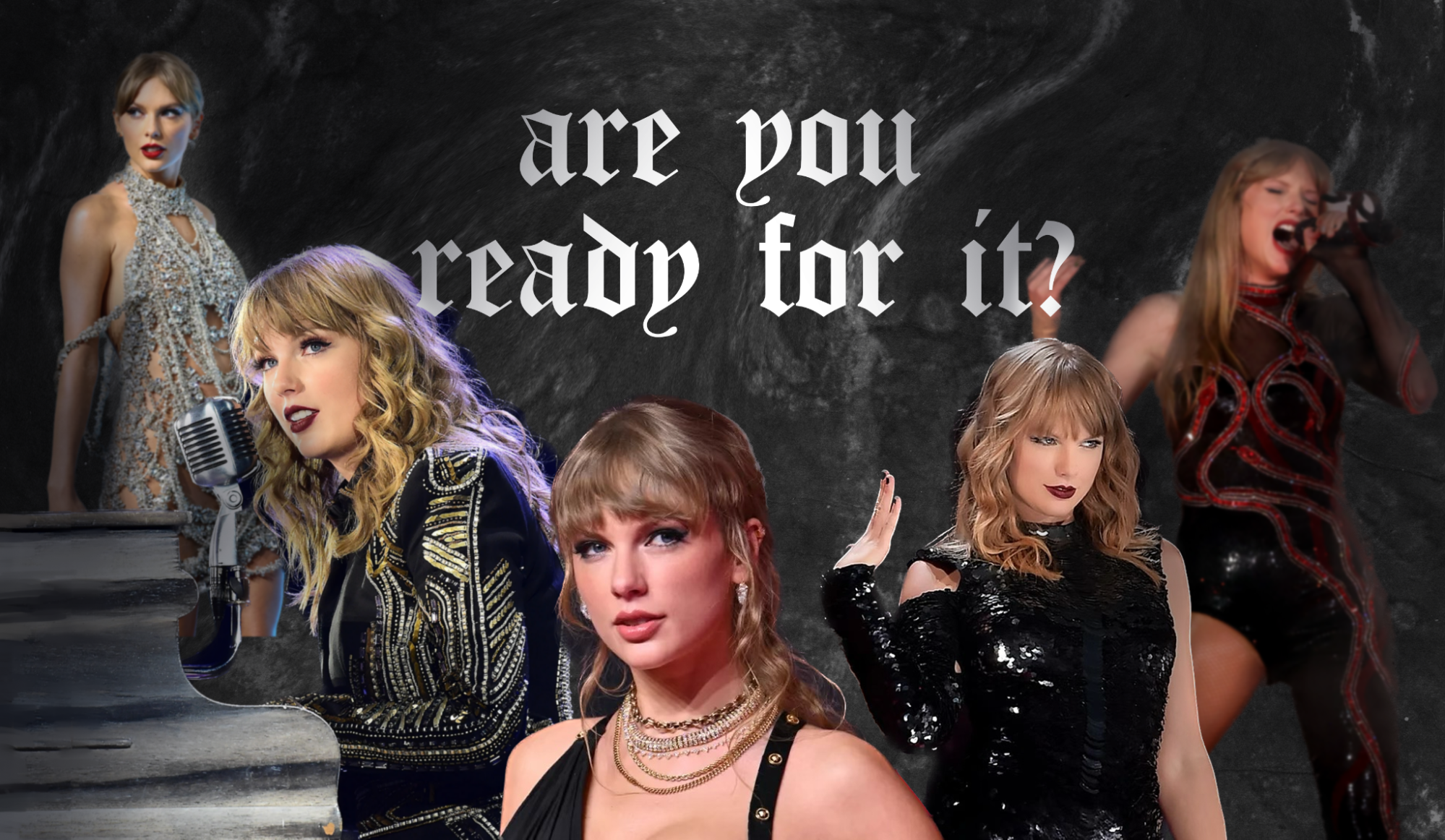Stanford researches Taylor Swift’s fashion and background
“My name is Taylor, and I was born in 1989.”
At the commencement of Taylor Swift’s Eras Tour, this statement will serve as the theme for Week 1 of a new Stanford class to be taught this spring by COLLEGE and history lecturer Theresa Iker Ph.D. ’23.
The course, titled “HISTORY 262A: Taylor Swift and Millennial America,” will delve into the socio-historical context of Swift’s upbringing and her journey to stardom. In Week 1, students will explore the impact of events in 1989, such as the fall of the Berlin Wall, on the global economy.
“We will analyze the world that contributed to Taylor Swift’s persona, and by the culmination of the class, we will also examine the world she is shaping,” stated Iker.
Iker had harbored a collection of ideas related to a study on Swift for several years. Only recently did she propose “HISTORY 262A” to the department.
“In the past year or so, she has achieved a new echelon of superstardom,” noted Iker, alluding to Swift’s influence on politics, culture, and the economy. “How did this come to pass?”
Iker structured the course to understand Swift’s ascent by analyzing recent history from the 1990s through the 2010s. Each class session will include readings on historical events paired with some of Swift’s songs representative of the time period.
“HISTORY 262A” will be one of four new courses this year dedicated to exploring Swift, her body of work, and her cultural significance. Three of these classes will be available this Spring, with one scheduled for the Summer semester.
These four new courses join a multitude of pop culture-inspired classes that have emerged on university campuses in the post-pandemic era. Offered at institutions like Harvard, New York University, and others, these courses cover a range of topics from Swift’s lyrics to her role in the feminist movement. Educators have found connections between Swift’s music and their studies, aiming to make course content more relevant to students by incorporating Swift into the curriculum.
The pandemic push
The lockdown had profound impacts on education: in California, university and community college enrollments declined by 7% between 2019 and 2023. Nationally, a higher number of students became chronically absent from schools.
Now more than ever, professors recognize the need to engage students in their classes. According to French and Italian professor Marisa Galvez Ph.D. ’07, this involves “meeting students halfway” by bridging the gap between professors’ research and students’ interests.
This Spring, Galvez will co-teach “COMPLIT 163: A Brief History of Now: Song and Poetry from Sappho to Taylor Swift” (also cross-listed as FRENCH 163) with third-year comparative literature Ph.D. student Harry Carter.
Galvez attributed this collaborative learning model to students’ desire for community following the lockdowns imposed by the pandemic. With current college students having spent at least a year taking online classes since March 2020, the return to in-person classes has left students eager for opportunities to connect, whether in a classroom or a concert venue, Galvez noted.
Galvez and Carter hope to integrate these experiences into “COMPLIT 163.” Students will have the chance to listen to live music and deliver presentations about selected songs that put learned theories to the test, such as the concept of “now.”
The pandemic may have catalyzed the emergence of these new experimental classes in more ways than one. The significant national and global changes since the onset of the COVID-19 pandemic have fueled a public interest in understanding the recent past, Iker explained.
“During the pandemic and in the aftermath of the murder of George Floyd, there has been a growing curiosity about understanding, ‘How did we get here?’” Iker remarked. “What historical trends shaped these overwhelming moments?”
This curiosity has given rise to new classes like “HISTORY 1: The History of 2023” and has prompted academics to focus on recent pop culture phenomena like Taylor Swift’s impact.
Swift: The poet or the sensation?
When Carter encountered Sappho’s “Midnight Poem” fragment 168B, he was immediately reminded of Swift’s “the last great american dynasty.”
Sappho begins the poem with vivid depictions of the moon before reflecting on her own solitude. In “the last great american dynasty,” Swift narrates the tale of Rebekah Harkness, the wife of Standard Oil heir Bill Harkness, linking Rebekah’s story to her own through Rebekah’s Holiday House, which Swift now owns.
“What can we learn by juxtaposing these elements?” pondered Carter.
Galvez, whose focus is on studying medieval lyric poets known as troubadours, shares a fascination with common themes in song lyrics across different eras. She believes that pop music can serve as an entry point to engage students in topics that may seem disconnected from the present day.
“The historical world and medieval poetry grow more distant with each passing generation. It feels like a different world,” Galvez remarked. “How can we make that world more captivating? We need to be more innovative in drawing connections.”
Ava Jeffs ’26, who will be teaching “TAPS 89SI: The Last Great American Songwriter: Storytelling with Taylor Swift through the Eras” this Spring, aims to analyze Swift’s discography era by era and emphasize modern storytelling mediums in higher education discussions.
For educators like Iker and fourth-year ethnomusicology Ph.D. student Matthew Gilbert, it is Swift’s immense popularity and her music that warrant thorough examination.
Gilbert will instruct “MUSIC 20AX: The Singer-Songwriter & American Popular Culture” this summer, a course that will explore the rise of singer-songwriters like Bob Dylan, Joni Mitchell, and Lhasa de Sela, culminating in an in-depth exploration of Swift, capitalism, and productivity.
Swift’s songs are deeply personal yet resonate with audiences nationwide. According to Gilbert, her music encapsulates a dilemma at the core of American music – whether it should tell individual stories or represent the collective experience.
“When something holds such significance in society, it is our duty to understand why,” Gilbert stated regarding Swift’s music. “But if you approach her as a poet, you are taking the wrong approach.”

